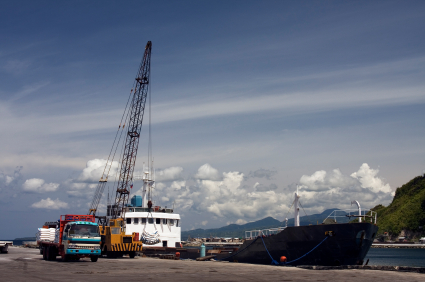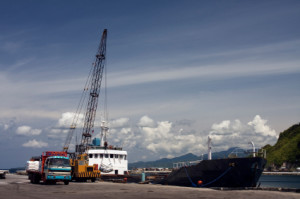

The Philippine Ports Authority (PPA) has ordered all cargo-handling operators to install more weighbridges if the daily volume of containers and roll on-roll off vehicles they service goes beyond the PPA limit.
Weigh bridges installed at different ports nationwide can only service a maximum of 120 containers and rolling cargoes combined in 12 uninterrupted hours, according to a PPA study.
“Should the daily volume of containers and ro-ro vehicles exceed 120, the service provider shall be required to put up another weighbridge to prevent traffic congestion,” according to PPA Administrative Order 6-2011 (click here for copy) which took effect in early October.
Mandatory tagging of cargo and containerized cargo serves as basis for accepting/rejecting cargo or containers onto a vessel.
Under the PPA order, all outbound containers and ro-ro vehicles both foreign and domestic, for loading onto a vessel must undergo mandatory weighing at the port of loading to ensure compliance with the allowable container weight and prescribed gross vehicle weight.
For outbound loaded containers, where operation requires movement of containers using equipment or gears that can only handle one container at a time such as forklift, spreader among others, it was deemed necessary to weigh containers individually.
If outbound containers are loaded onto the vessel using chassis ro-ro operations, weighing on a per chassis may be allowed, whether loaded with two or more containers, and will be charged as one unit.
PPA held operators responsible for ensuring allowable weights and safe handling of all containers and ro-ro vehicles at the port.




